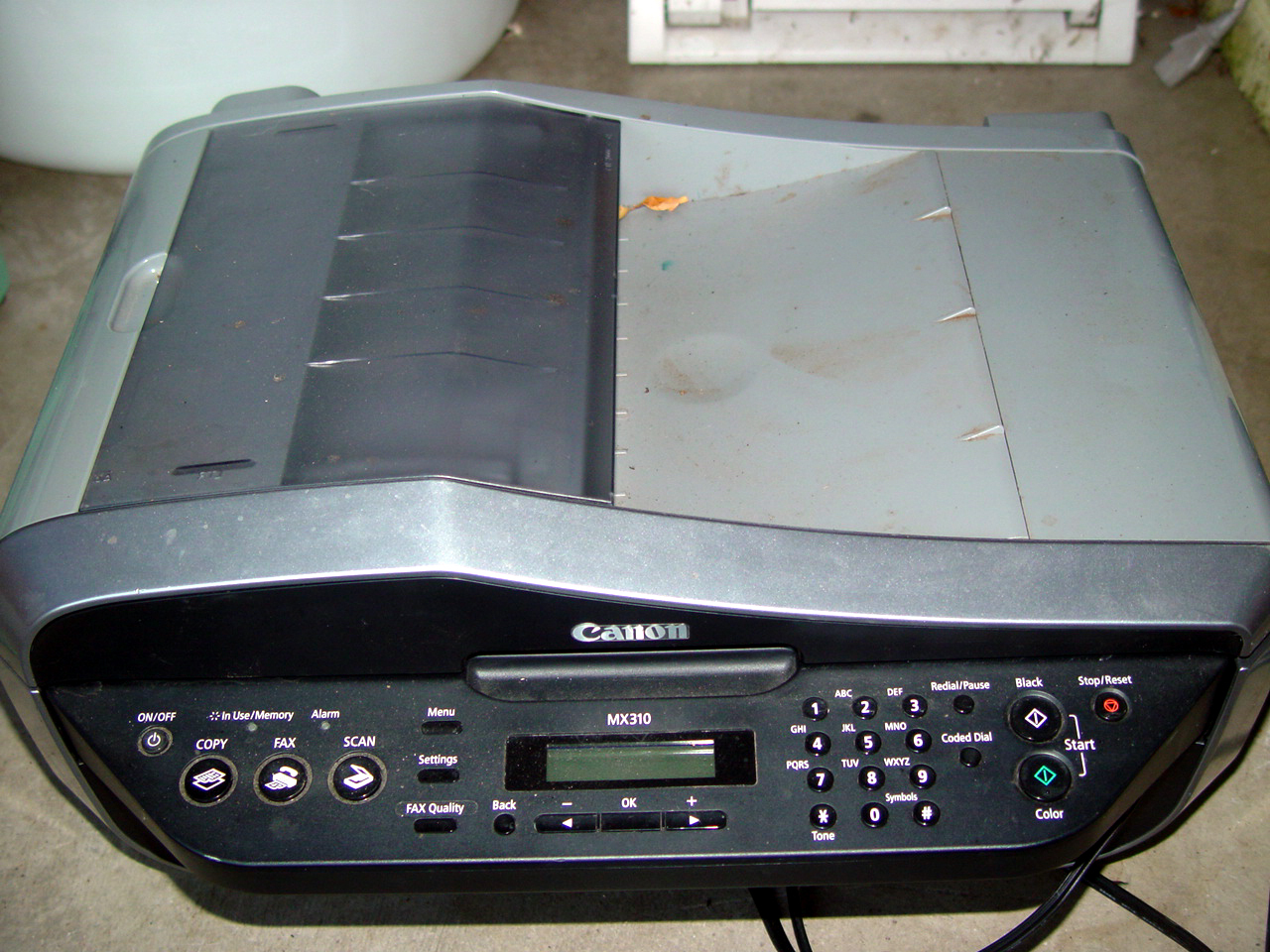This guide will unmake a Canon printer/scanner/fax into Maker resources. We are mainly going for the motors but so much more will come out of this eWaste. The principles and techniques here apply to unmaking most fabricated electronics … a Phillips screwdriver is about as complicated a tool as you will need … and something to pry with! Remember that most products are made by robotics or unskilled labor that needs to be able to snap and assemble pieces onto a moving stream of work in progress … nothing fancy is involved in the assemblage once 10,000 engineers figure out all the parts involved.
So let’s disassemble someone else’s product.


